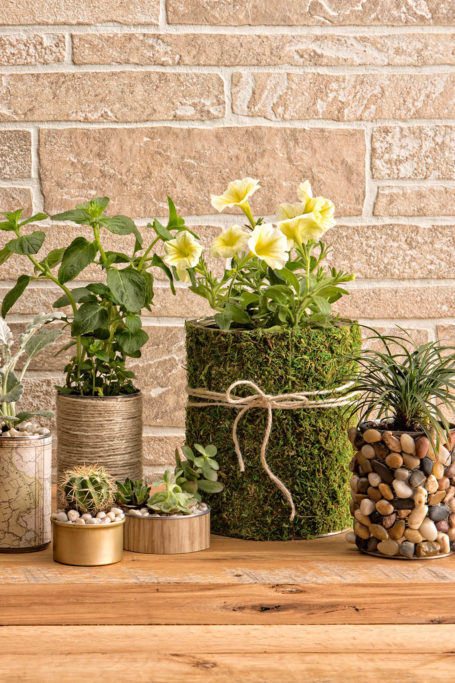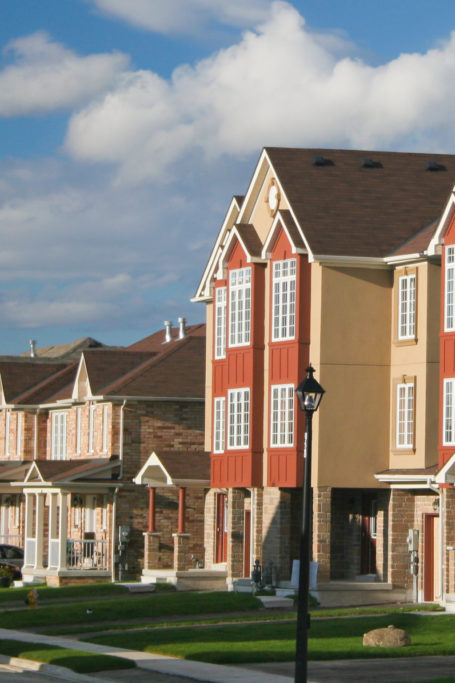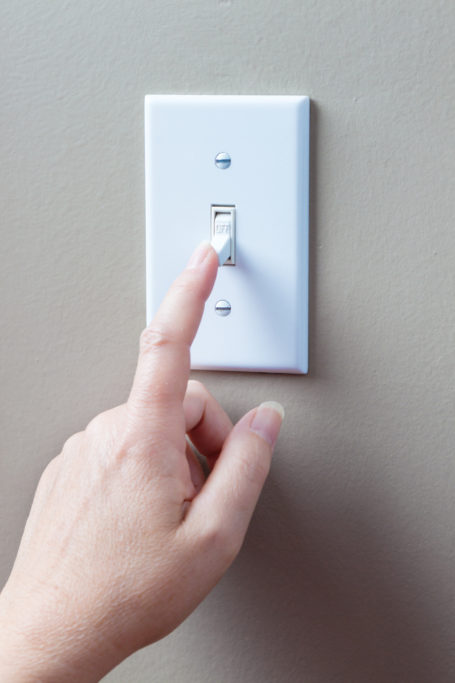Your First Steps after Moving Into a New Home
Closing day may be behind you, but as a new homeowner, the journey is just beginning.
Though you may be eager to jump to the fun tasks of decorating or renovating to make the house feel like yours, there are a few important steps you’ll want to take care of right away. From protecting your investment to settling in to the neighborhood, here’s a list to help you get off on the right foot.
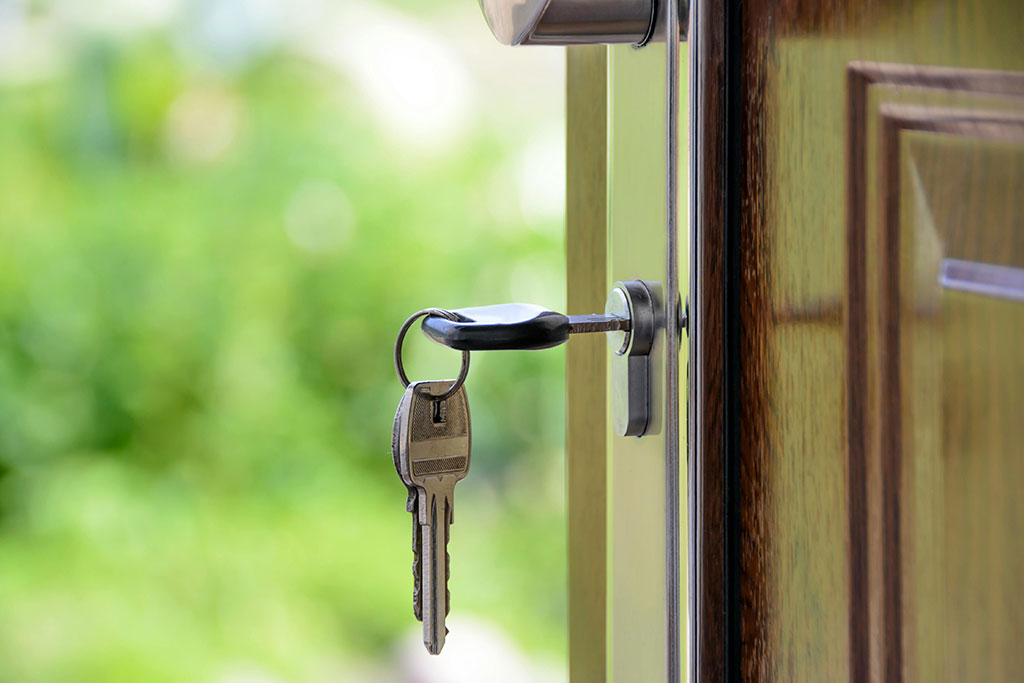
Secure your home
Even if you trust the previous owners, it’s impossible to know how many spare keys might be floating around, so one of the first things you should do is change your exterior locks or have them rekeyed by a locksmith. While you’re at it, check that all doors and windows shut and lock properly. And if the home didn’t already come with them, this is a great time to install a video doorbell, smart lock, and motion-sensor lighting for added peace of mind.
Locate and check essential components
You don’t want to be left fumbling around in case of a plumbing mishap, power outage, or other emergency. Taking a moment to familiarize yourself with the various aspects of your new abode will help ensure that you know how to quickly stop a leak or flip a switch, preventing damage and saving you money and hassle in the long run. For instance, find out where the main water shutoff valve is located and how to operate it, track down the gas shutoff valve (if applicable), and label your electrical panel if it isn’t already. Check out this guide on what else to get to know about your house after moving in.
Test smoke and carbon monoxide detectors
These small devices play a big role in keeping your household safe, but only if they’re in good shape. Check the expiration dates of any existing alarms, replace their batteries, and install additional units if needed; there should be one inside and outside each bedroom and on each level of your home. As an added precaution, make sure you have at least one fire extinguisher easily accessible and that everyone in your household knows where it is and how to use it. Establishing a fire safety plan that outlines the best practices and ways to evacuate is also a good idea.
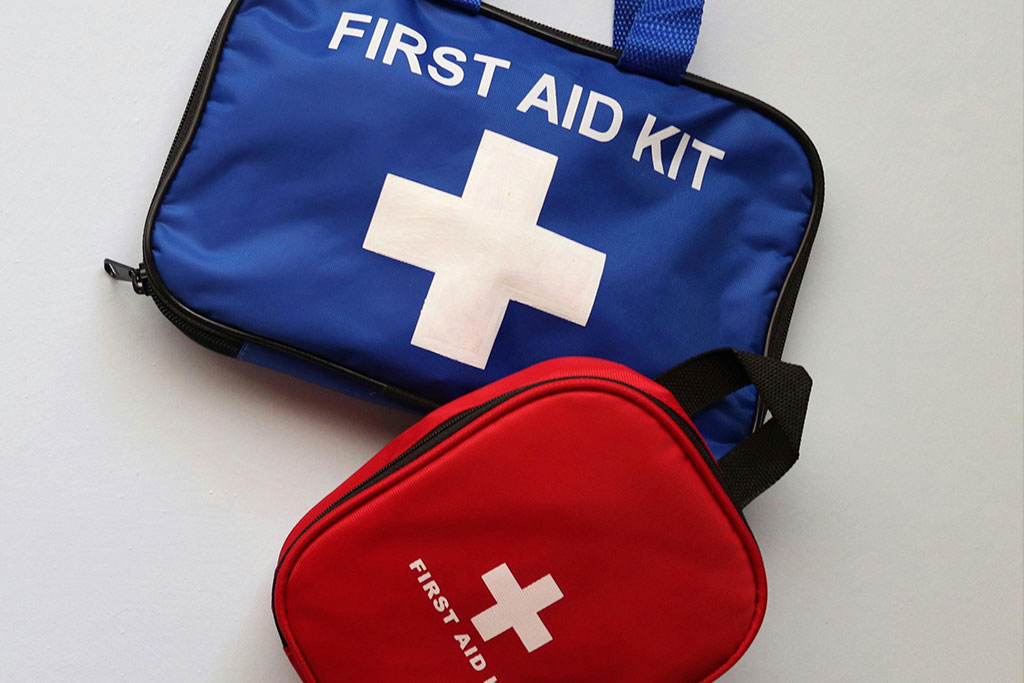
Build an emergency kit
Don’t put it off until later—having emergency essentials on hand is one of the best steps you can take as a new homeowner. Your kit should include flashlights, batteries, bottled water, nonperishable food, basic first-aid resources, and extra chargers. If you’re in a region prone to power outages, storms, or earthquakes, you may want to include additional items like a weather radio, blankets, and sandbags. Further, create a list of emergency contacts, including a reliable plumber, electrician, and HVAC technician, so you’re not scrambling when you need them most.
Update your address
Once you’ve officially moved in, update your address with the necessary organizations and individuals to help prevent missed bills and protect against identity fraud. Start by submitting a change of address form online with USPS to have your mail forwarded for a set period of time. Then reach out to:
- Friends and family
- Your bank and credit card companies
- Your insurance providers (home, auto, health, etc.)
- Your employer and payroll systems
- The DMV for your driver’s license and vehicle registration
- Any subscription services, online retailers, and loyalty accounts
Learn about your community
Part of what makes a house feel like a home is the neighborhood around it. Take some time to introduce yourself to your neighbors, whether it’s with a wave, a quick chat, or a small get-together. It’s not just good etiquette—it can also be a great way to get local recommendations, stay in the loop on community events, and learn about trash pickup, parking rules, neighborhood groups, and more. In addition, if you’re in an HOA, go over the rules carefully to ensure that you fully understand the dues and expectations.
Make a list of future projects
There’s often a temptation to tackle improvements right away, but it can be helpful to live in the home for a few months before making any major decisions. Keep a running list of essential repairs and nice-to-have updates, breaking them into categories—such as safety, efficiency, comfort, and style—so you can prioritize based on budget and urgency. For example, replacing an aging water heater or sealing drafty windows might take precedence over cosmetic upgrades. And for any long-term projects, start gathering quotes early to help you plan accordingly.
Buying a home is a big milestone—and a big responsibility. With the right steps early on, though, you can lessen the burden, earning you a smoother, safer, and more enjoyable experience as a homeowner.












